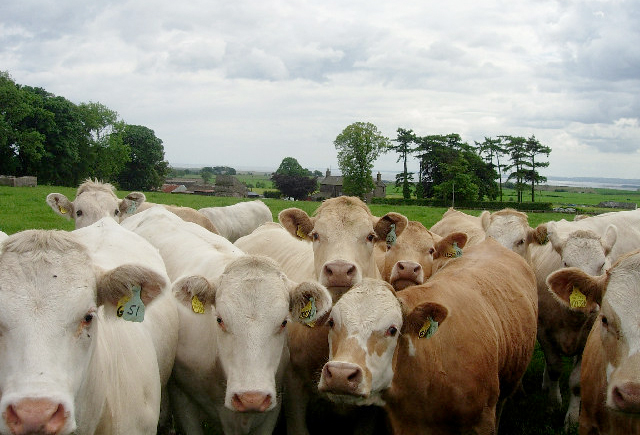
The latest agricultural census in Scotland highlights the need for continuing Common Agricultural Policy coupled payments.
That was the message from Rural Affairs Secretary Richard Lochhead as he commented on the June 2012 Scottish Agricultural Census which was published today by Scotland’s Chief Statistician.
For the first time the statistics include figures on the number of new entrants to the industry.
The figures show a decrease in the number of cattle, sheep and pigs although cereal areas increased.
Among the key points in today’s statistics were:
- Cereal areas increased by 10,600 hectares (2.4 per cent) to 457,700 hectares
- The poultry flock increased by 167,600 (1.2 per cent) to 14.69 million
- The number of cattle decreased by 15,500 (0.9 per cent) to 1.79 million
- The number of sheep fell by 65,200 (one per cent) to 6.74 million
- The number of people employed in Scottish agriculture rose to 68,400 – up 630
- 1,530 heads of farm businesses took up that position in the past ten years, with 32 per cent of them taking on their farm business in the past two years
“These are difficult economic times and the weather has also proved challenging for our farmers in recent months" Lochhead said.
“While the census shows declining livestock numbers this should not mask grounds for optimism as the figures also show an increase in young breeding cattle and young breeding pigs which will help livestock numbers in future years. However, the numbers do reinforce the need for continuing coupled payments and we will fight to ensure these vital payments remain part of the Common Agricultural Policy.
“Some producers have been telling me that they actually expected a fall in livestock numbers as many farmers have taken advantage of record prices at the marts.
"However, we need to maintain a healthy livestock sector and that means we need producers to have the confidence to plan for the long term.
“The increase in cereal areas was also particularly welcome and shows a move from winter to spring crops which was no doubt at least partly due to the very wet autumn in 2011 which meant some farmers had difficult in sowing winter crops.
“With harvest time upon us once again I know that many farmers are again facing weather-related challenges and I hope that we will now see a period of settled weather to allow the harvest to be completed.”
